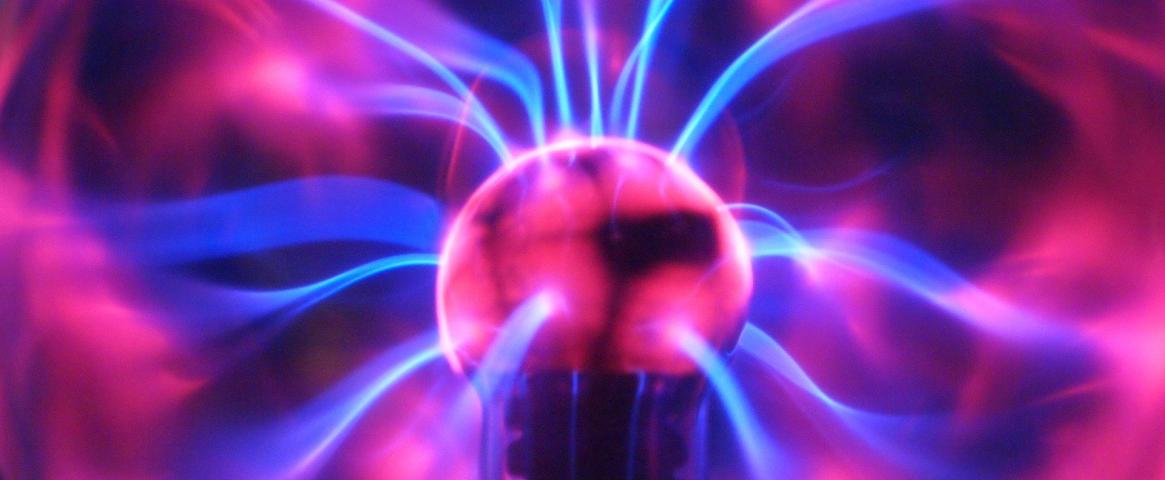By Chiung-Wei Huang
From the zap of a metal doorknob in winter to sparks that can ignite fires, static electricity can be unpredictable. But until recently scientists thought that they understood the physics of how charge imbalances accumulate on and discharge from solid surfaces. Results published in the journal ACS Central Science now suggest that bending, twisting and extending materials change their ability to store and release static charge.
Static electricity occurs when solid materials rub against each other. The surfaces attract or release electrons, building up negative or positive charge on their surfaces. In principle, the built-up charge on the surface of individual material remains constant unless the imbalance is released—often in a zap or even a spark.

However, Siowling Soh and his colleagues at the National University of Singapore find that tweaking an object’s shape alters the quantity of charge on its surface. “By just bending the material and you can change the charges,” says Rakesh Pandey, the first author of the study. “It’s very simple but very effective.”
Scientists typically measure static charge using a Faraday cup – an instrument researchers use to detect current and calculate the number of charges. In these experiments, scientists don’t normally consider how they place sample in the instrument’s confined container, whether it’s flat or curved, for example.
“This work is the first report on what to consider when preparing a sample to accurately quantify charges,” says Jinyang Zang, an electrochemist at Curtin University, who was not involved in the research.
Soh’s team has focused on static electricity and how conditions affect charge imbalances. In a 2017 paper in the Journal of Physical Chemistry Letters, they reported that the accumulated charges did not remain constant on the surfaces of similarly charged materials in close proximity to each other.
These studies have practical implications for researchers. “It’s commonly observed but people normally think that it’s due to unpredictable errors,” says Soh. In this study, they carefully manipulate the shape of material to control the charge imbalance.
When the material is in compact form, bent or folded, the charged surfaces are closer to each other. The repulsion between the surfaces increases, pushing the charge to be released to the air. When the material extends, the electrons in the air deposit back on the surface of material.
With further research and theoretical simulation, Soh’s group believes that this new understanding of charge buildup could improve fire safety procedures. For example, the dust particles can accumulate charges and cause other problems, which can lead to explosions.
The results could also help researchers design new types of small batteries that store static electricity acquired from natural movements such as walking. “Insulators store charges better than the conductive metals,” says Zang, and such devices could power smartphones or other personal electronics.
Chiung-Wei Huang is a Ph.D. candidate at the University of North Carolina at Chapel Hill. She studies semiconducting materials using optical spectroscopy and simulation analysis. Outside of research, she writes about science and PhD life on her website. Follow her on Twitter @cwhuang_sci or email her at cw.huang14@gmail.com
This story was produced as part of NASW's David Perlman Summer Mentoring Program, which was launched in 2020 by our Education Committee. Huang was mentored by Sarah Webb.
Hero image by Menno van der Krift from Pixabay.




